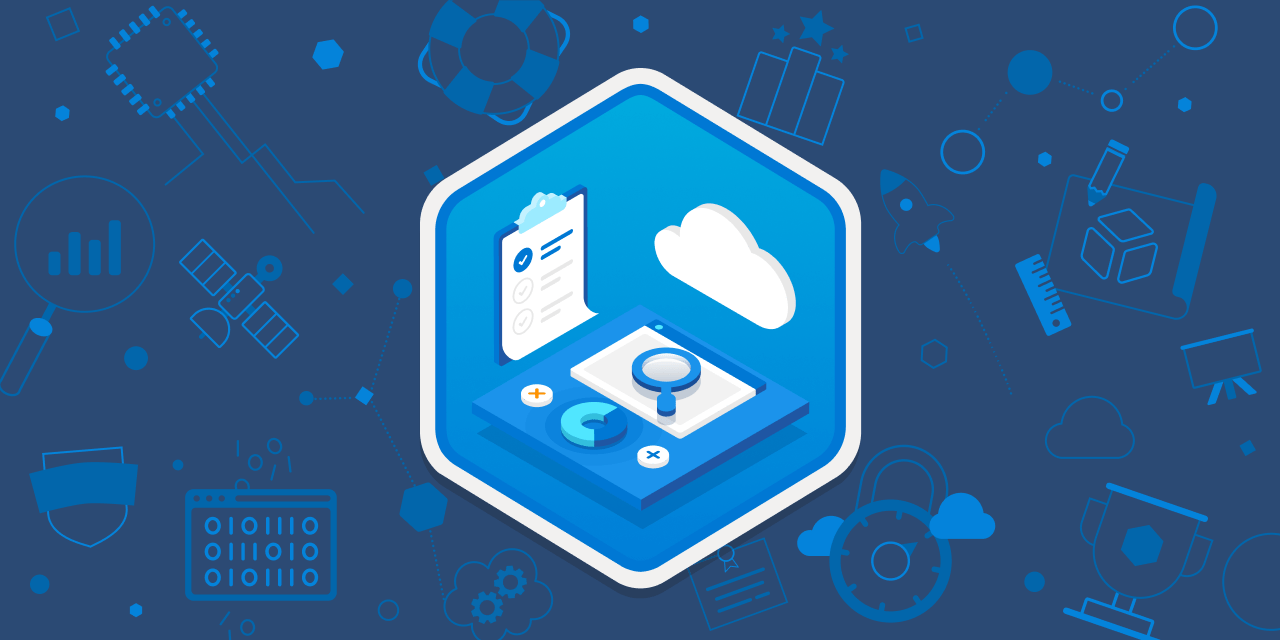A New Era for Insurance
The insurance industry is undergoing a major transformation. Traditionally focused on “repair and replace”, insurers are now adopting a “predict and prevent” model — thanks to rapid advancements in technology.
With tools like AI, IoT devices, predictive analytics, and telematics, insurance is no longer just about compensation after damage. It’s about stopping loss before it happens.
AI and Data Driving Predictive Power
Artificial intelligence is helping insurers analyze massive volumes of real-time data. Machine learning models can now detect patterns and predict high-risk behaviors or conditions before they result in claims.
For instance, health insurers are using AI to flag early signs of chronic illness. Auto insurers, through connected car data, can warn drivers about risky driving habits. This shift reduces claims, saves money, and most importantly, protects lives.
IoT Devices Enabling Real-Time Monitoring
Internet of Things (IoT) sensors are changing the game. Smart home devices like water leak detectors, smoke alarms, and security systems send real-time alerts to homeowners and insurers. This allows them to act before damage escalates.
In commercial spaces, IoT can monitor machinery, temperature, and pressure — preventing equipment failure and costly downtimes. Insurers are actively incentivizing customers to adopt these technologies.
From Reactive to Proactive Insurance
The new approach transforms insurance from a reactive system to a proactive partner. Rather than waiting for an accident or disaster, insurers are taking active roles in risk mitigation.
Wearable devices track health metrics. Dashcams and GPS improve road safety. AI chatbots offer preventive tips based on individual behavior. This isn’t just about protecting assets — it’s about protecting people.
Customer Benefits and Industry Impact
Policyholders benefit through lower premiums, personalized risk advice, and quicker responses. Insurers gain from fewer claims, better risk profiling, and deeper customer engagement.
The result? A smarter, safer, and more efficient insurance ecosystem that aligns with modern digital lifestyles.
Conclusion
Technology is rewriting the rules of insurance. What was once a system built to pay after disaster is evolving into a system built to prevent disaster altogether. As data, AI, and IoT continue to mature, the future of insurance lies in foresight, not hindsight. Prevention is not just better than cure — it’s now the core of tomorrow’s insurance model.


